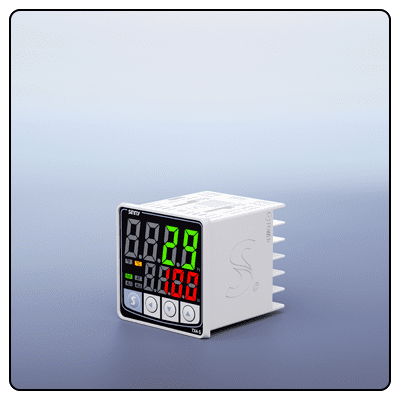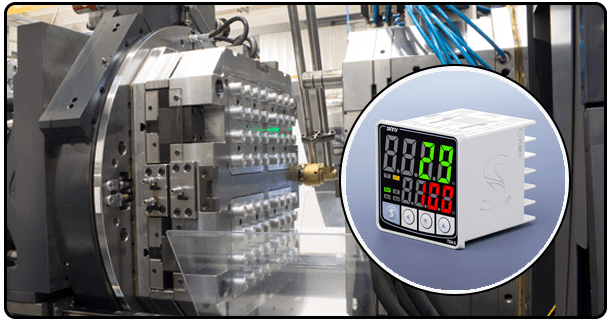Building a Temperature Controller: Components, Mechanisms, and Applications
"Discover how temperature controllers work, including their components, control mechanisms, and applications. Learn about the importance of tuning for optimal performance."
1. Introduction
A temperature controller is a device used to maintain an ideal setpoint temperature across various applications and industries such as manufacturing, food processing and HVAC systems. In this article I'll walk through each step involved with building one yourself in great detail.
Components Required
To build a temperature controller, the following items will be necessary. * Microcontroller (such as Arduino) : A popular choice due to its ease-of-use and extensive community support is the Arduino microcontroller.
* Temperature Sensor: A thermistor or thermocouple can be used to accurately measure temperatures.
* Relays or MOSFETs: These components serve to regulate heating or cooling elements in buildings.
* Heating or Cooling Element: This could include anything from resistive heating elements and Peltier coolers to other forms of devices suitable for this task.
* Power Source: To make sure all components in your project remain powered efficiently, ensure a dependable power supply source is in place.
* Display (Optional): To showcase current temperature and setpoint settings, an LCD may be utilized as an optional solution to display them on-screen.
* Miscellaneous Components: Wires, resistors and connectors may also be necessary.
Understanding Temperature Control
Temperature control refers to maintaining a desired setpoint by altering control inputs. There are two primary control mechanisms used in temperature regulation.
*On/Off Control:This control option provides for simple heating or cooling element activation/deactivation based on temperature readings.
* PID Control: PID stands for "Proportional, Integral and Derivative", an algorithmic technique which employs these components in tandem to maintain stable temperatures with limited fluctuations and oscillation.
2. Circuit Design
Designing a circuit requires connecting temperature sensor with microcontroller and connecting heating or cooling element via relay/MOSFET relay to heating/cooling element while making power supply connections properly. Below is an illustration showing this.
for Temperature Sensor Connection : Connect a temperature sensor to an analog input pin of the microcontroller, such as analog pin
for Heating or Cooling Element Connection: Link your heating or cooling element output of relay or MOSFET controlled by digital output pin of microcontroller for easy activation or disactivation.
Lastly, connect any additional elements you require using relay/MOSFET control output pin of microcontroller as follows (A).
Power Supply: Make sure all components have adequate power supplies; usually this means connecting an external USB or power adapter adaptor to power the microcontroller.
3. Programming the Microcontroller
Programming a microcontroller to read temperature readings, implement control algorithms and operate heating or cooling elements requires specific code that must be written for it to function effectively. Here's a general outline:
1. Attain Temperature Data Using Analog Input.
2. Apply Control Algorithm (on/off or PID). For proper adjustments.
3. Control Output: Utilize the calculated output to operate heating or cooling elements through relay or MOSFET control, optionally showing an LCD with current temperature and setpoint readings.
Applications and Future Improvements
Assemble all components on a breadboard or PCB and ensure all connections are secure while components are sufficiently insulated to prevent short circuiting. Mount the components if required for safety and durability purposes.
4. Conclusion
In conclusion, temperature controllers are vital devices that ensure precise temperature regulation in various applications. By understanding their components, control mechanisms, and working principles, we can appreciate their importance in maintaining optimal performance and safety in temperature-sensitive environments. Proper tuning of temperature controllers is essential for achieving the best results and ensuring the longevity and efficiency of the system.
- What is a Temperature Controller: Comprehensive Guide
- How to Build a PID Temperature Controller: Components, Mechanisms, and Applications























